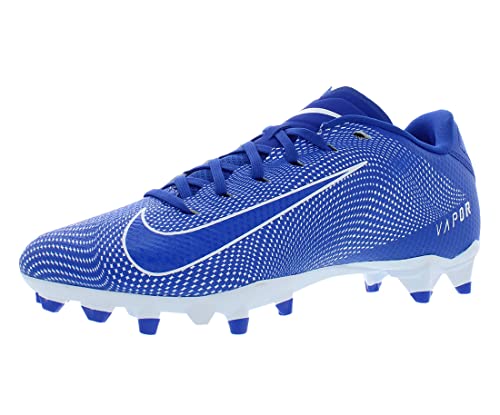Disclaimer: Soccer Whizz is a participant in the Amazon Services LLC Associates Program, an affiliate advertising program designed to provide a means for sites to earn advertising fees by advertising and linking to Amazon.co.uk (source: Section 5). As an Amazon Associate I earn from qualifying purchases.
Soccer cleats are a core piece of equipment for players, regardless of whether you compete in the sport at an amateur or competitive level.
They provide athletes with the grip and comfort they need to make those sharp and explosive movements on grass and artificial turf.
Now, some of cleats made by popular brands such as Nike, Adidas, Puma and Under Armour cost quite a pretty penny.
When you compare the prices of footwear in this sport to, say for instance, shoes for tennis, you’ll notice a stark difference in just how much you need to fork out.
In today’s article, we’ll be investigating exactly why soccer cleats are priced so highly relative to footwear in other sports.
This is especially because the contrast in cost may not make a lot of sense for players who are relatively new to the game.
Alright then!
Let’s get the ball rolling with a short answer summary for the topic at hand.
Soccer cleats are typically quite expensive because of the sophistication involved in their development. They are constructed using the best quality raw materials and advanced technological processes, which is ultimately reflected in the price point as brands look to recoup their product costs.
Read on for more of an explanation of what this entails.
What makes soccer cleats so costly?
Those top of the line Nike Mercurial Vapors that you see on the shelves in your local soccer store fetch a decent price for a good number of reasons.
You see, companies that make these pieces of footwear aren’t just slapping a huge markup on their products so that they can rake in the profits.
There are certain elements within their development which need to be factored in to the final price.
Here are a few of these things:
1. Premium materials
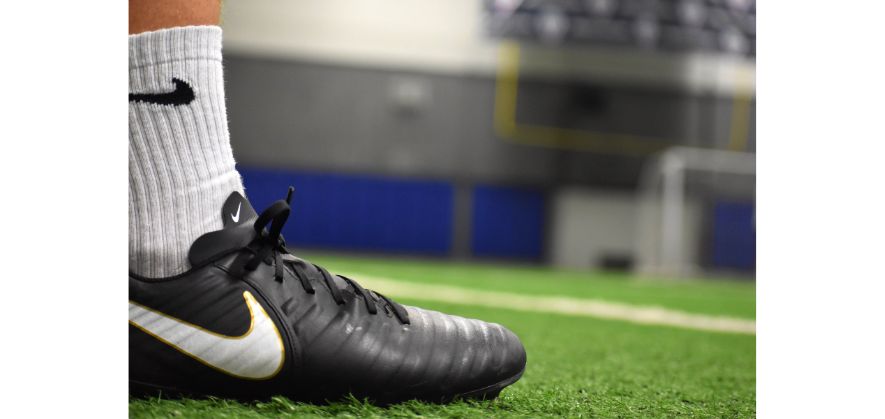
Expensive soccer cleats are put together from the highest quality of leather material, which plays a part in why they fetch such a high retail value.
Now, there are three main types of leather upper that make up the construction of a pair of soccer cleats, namely:
- Kangaroo leather (k-leather);
- Calfskin leather; and
- Pittards leather
The first type and the one mostly used for the highest priced soccer cleats is Kangaroo leather (k-leather).
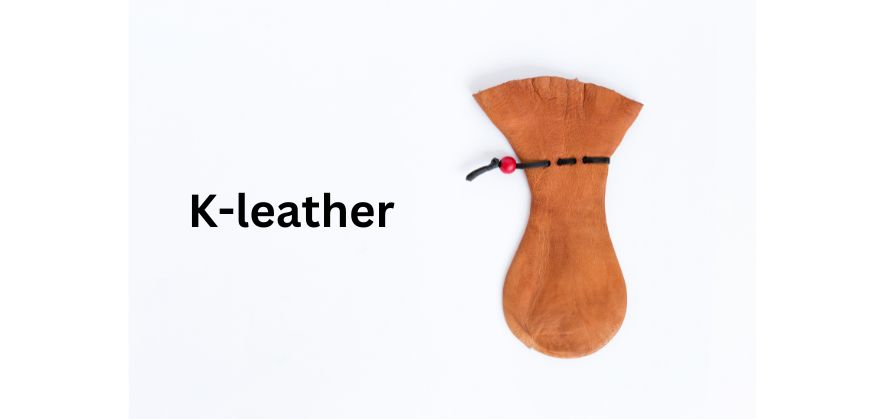
It softens and molds to the shape of one’s feet and the fact that it’s lightweight helps to keep your feet comfortable as you make those runs and take powerfully struck shots on the field is an added bonus.
Even more so, soccer cleats made from this kind of leather don’t need to be broken into, because the material naturally stretches to accommodate wider and longer feet.
You should know that it’s no secret that k-leather hide is used to construct the most expensive cleats – and for good reason.
Check out the quote from a famous sports publication below:
“Soccer’s most expensive annual releases are often manufactured with k-leather, which is lighter, more malleable and more durable than cowhide. Among this year’s k-leather releases are Nike’s Tiempo 9 Elite, Adidas’ Predator Edge 94+ and Predator Pulse UEFA Champions League models, Puma’s KING Platinum 21 Rallye and Mizuno’s Morelia Neo III, which all retail from $220 up to $350.”
Source – ESPN
2. Technologically advanced construction processes
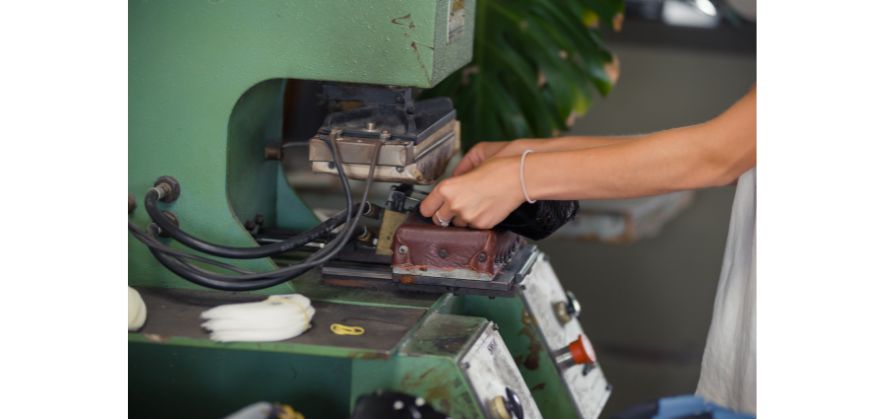
As with most batch and flow production processes, sophisticated machinery is used to keep the goods rolling out so that consumer demand can continuously be satisfied.
Brands like Nike typically use a cold cement method of assembly where the shoe upper – which encases the foot – is attached to the shoe using what is known as a water based glue.
There are more steps to this, but seeing as the purpose of this article isn’t to precisely detail how Nike shoes are made, we’ll simply leave you with a link to an article which describes the cold cement sequence in much greater detail.
Instead, here’s a video which does a good job of visually documenting the manufacturing process for Nike sneakers:
The cost of running such machinery and paying the labor that supervises it is therefore factored in to the price of those soccer cleats you purchase, be it in store or online.
At the end of the day, these companies are running a business and their motivation for profit drives the operation.
3. Brand
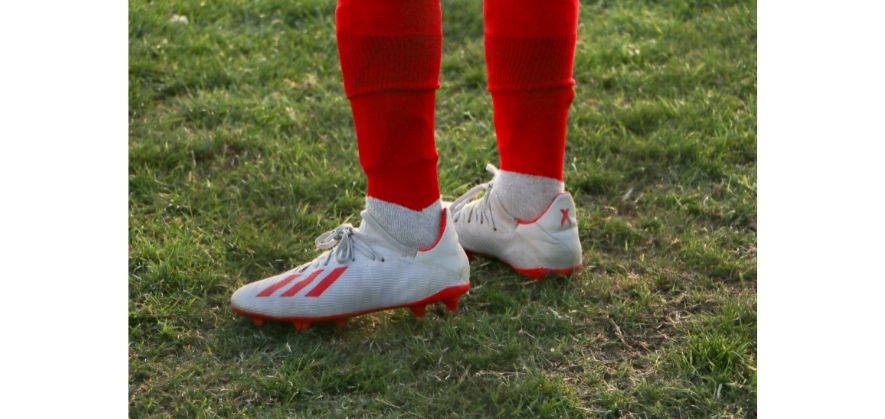
Finally, believe it or not, the brand name does have its part to play in the final retail price point.
A company like Nike has worked extremely hard since its founding in 1964 to build their reputation into what it is today – the world’s biggest athletic apparel brand.
So, as a consumer, the Nike soccer cleats you choose to buy reflect the fact that hundreds of years of art craftsmanship and engineering experience of building footwear has gone into their latest designs.
What’s the difference between cheap and expensive soccer cleats?
Having read up to this point, it should be pretty easy to pinpoint some of the differences between cheap and expensive soccer cleat pairs.
For starters, the leather material used in their construction will differ.
Cheaper soccer cleats will generally be made up of synthetic leather which offers less of a comfortable feel when worn and don’t last as long as a higher-priced pure leather alternative.
Alternatively, a manufacturer may decide to go for calfskin leather, especially if they’re trying to offer price their cleats in the mid-range.
This sort of leather isn’t waterproof, which means that playing in rainy conditions could cause a problem for the wearer and affect overall longevity of the footwear.
From an external point of view, expensive soccer cleats will also receive much more marketing and positive press coverage than those that have been constructed on a budget.
Big brands will look to sink in hundreds of thousands of dollars for a solid marketing campaign that not only creates awareness but also drives consumers to get their hands on the marketed product at any cost.
Adidas certainly paid a lot of money to promote their special Al Rihla set of soccer cleats for the 2022 FIFA World Cup in Qatar, especially if you consider the sort of players they got to promote them, including:
- Lionel Messi;
- Jude Bellingham; and
- Pedri
If the reports suggesting Adidas pays Messi a sum amounting to more than 10 million dollars a year just to wear the company’s gear and pose for things like photo shoots are true, then it makes sense as to why their cleats are priced so highly.
Additionally, when you’re a big brand like Nike or Adidas, raising prices doesn’t really hurt your profit margins as people will still fork out huge sums of money for the latest pairs.
Do more expensive cleats last longer?
Courtesy of being made with better materials such as Kangaroo leather, the answer to this question is mostly yes.
They’re usually better designed to handle the wear and tear that comes with playing regular soccer games at a high level, as the premium materials used are more robust in nature.
Are expensive soccer cleats really worth the money?
Our final verdict is that only some expensive soccer cleats are really worth it.
As a buyer, you have to perform your own due diligence when it comes to the cleats you’re selecting, as you don’t always get the best bang for your buck with the premium models of footwear in this category.
Have a look through some of the options below – which specifically include some firm ground soccer cleats – and decide whether you’d splash out for the advertised sums:
- Lace closure
- Textile upper
- Firm ground outsole; Hybrid stud tips
- Soccer cleats for lightweight comfort and grip
- SYNTHETIC UPPER: Synthetic upper for lightweight comfort
- CLEATED OUTSOLE: Cleated outsole for firm ground play
If you enjoy the content that I create and would like to buy me a coffee, then I’d really appreciate it!
Any money that I earn through this donation will be re-invested into more content for this website.
Additionally, by sending in a donation you’ll also receive a copy of my recently released 190+ page eBook on Soccer Ball Care, as well as be subscribed to our mailing list where you’ll be regularly informed on the latest developments concerning the Soccer Whizz blog.
- Future Icons: Europe’s Emerging Midfield Maestros Set for Glory - December 4, 2023
- Kickstarting a Revolution: How Soccer Transformed the United States Over the Last Four Years - October 7, 2023
- 4-1-4-1 Soccer Formation [Analysis] - September 23, 2023




